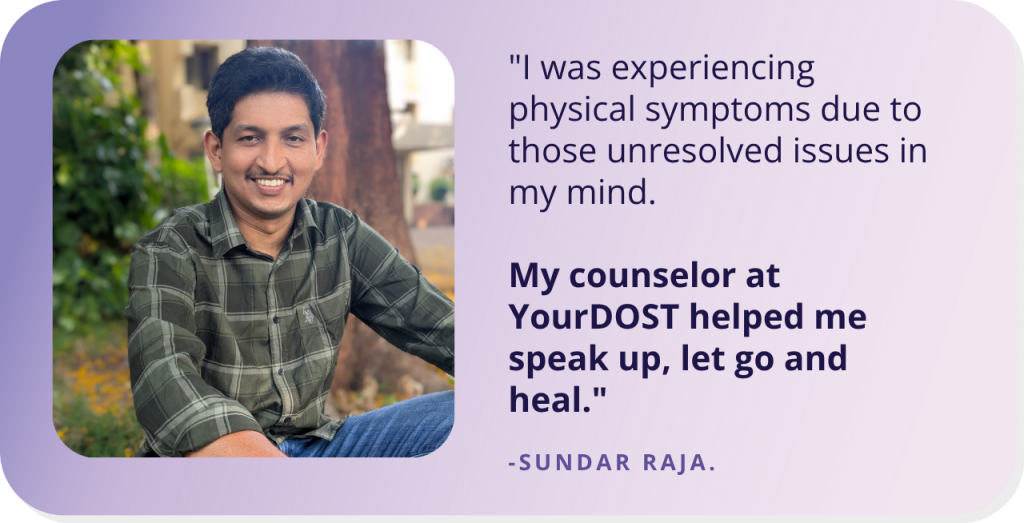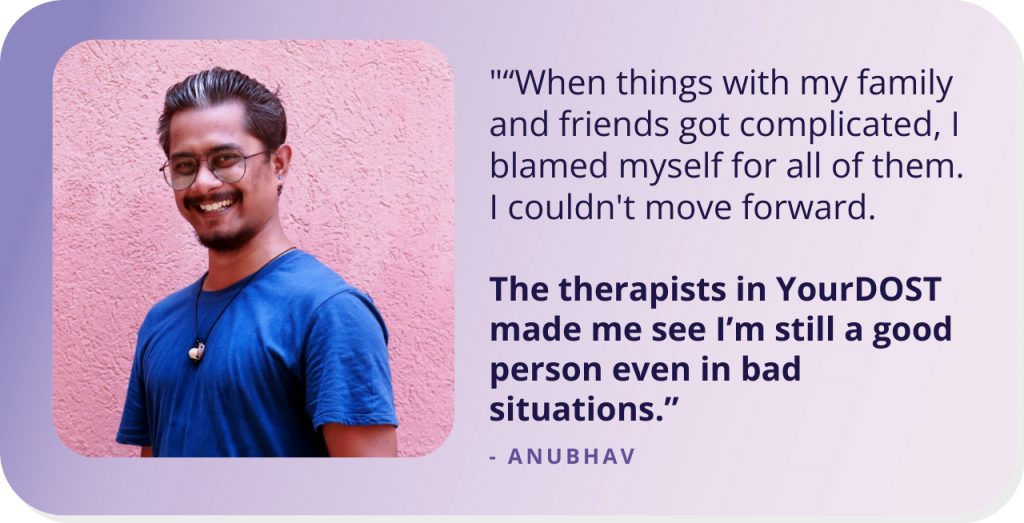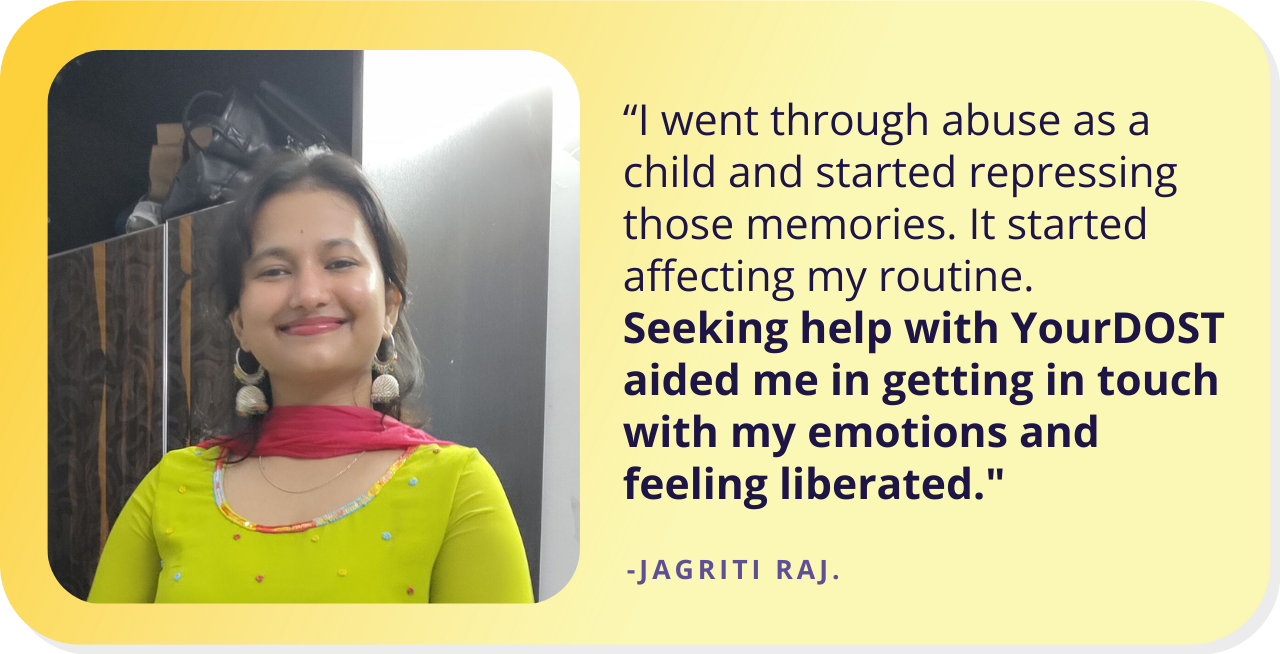Find Out How Selective Mutism Can Affect A Child’s Daily Life
Anxiety disorders are the most common psychiatric disorders affecting children and adolescents. Temporary fears and anxieties are considered part of normal development. However, for some children, these developmental expectations may disguise the presence of an emerging or existing anxiety disorder. High and stable levels of anxiety are associated with severe impairment in
High and stable levels of anxiety are associated with severe impairment in functioning of normal life. This can be identified through a child’s avoidance of several important activities such as school, peer involvement, and the attainment of stage-related developmental tasks.
One such anxiety disorder is Selective Mutism. It is a form of anxiety disorder characterized by a child’s inability to speak and communicate in a socially appropriate manner in selective social settings, such as school, birthday parties, among elders etc. These children will be able to speak and communicate well in settings where they are comfortable, secure and relaxed, such as at home.
The selectively mute child is unable to speak in at least one setting such as, school etc. The typical presentation of such a child that s/he would be ‘timid’ but can speak and act socially appropriate with family members, close peers and very familiar relatives. When compared to a timid child, a child with selective mutism will be positioned towards the extreme end of the spectrum of shyness and timidity.
Children and adolescents with Selective Mutism have an actual fear of speaking and of social interactions where there is an expectation to speak and communicate. Many children with this condition have great difficulty responding or initiating communication in a nonverbal manner; therefore social engagement may be compromised in many children when confronted by others or in an overwhelming setting where they sense a feeling of expectation.
Selective Mutism affects 0.7% of all school going children, with children between the ages 3-8 being the most commonly affected.
Children do not simply outgrow the condition; if left untreated, it can have a negative impact on developing social skills, fostering and maintaining healthy relationships and may also generalise to other forms of anxiety. It is vital to get a complete psychological evaluation done in order diagnose the problem and implement a comprehensive treatment plan.
Why does a child develop Selective Mutism?
1. Genetic Predisposition:
Majority of children with Selective Mutism have a genetic predisposition to anxiety. They inherit the tendency to be anxious from their family members.
2. Inhibited Temperaments:
Studies have shown that children with inhibited temperaments are more prone to anxiety than those with shy temperaments. A hypothesis has been made that such children have a decreased threshold of excitability in the almond-shaped area of the brain called the amygdala. During a dangerous situation the amygdala receives the signal of danger and beings to set off a series of reactions to protect.
3. Sensory Processing Disorder:
Children who suffer with Selective Mutism can have Sensory Processing Disorder which means they find it difficult to process specific sensory information. They can be sensitive to sounds, lights touch, taste or smells. They have a trouble modulating sensory input which affects their emotional responses. It can make the child to avoid or withdraw from situations which may cause anxiety.
4. Speech and/or language abnormalities:
Children can suffer with Selective Mutism due to speech and/or language abnormalities such as receptive and/or expressive language abnormalities and language delays. They may also have a learning disability which includes auditory processing disorder. The added stress of speech/language disorder or the learning disability may make the children uncomfortable and insecure in situations where they are expected to speak.
NOTE: Studies have no evidence that the cause of Selective Mutism is related to abuse, neglect or trauma.
Children with Selective Mutism can present with some or all of the following symptoms:
-
Temperamental Inhibition:
The child will be timid and cautious in unfamiliar situations.
-
Social Anxiety:
The child may be uncomfortable when introduced to people, express major discomfort when teased or criticized, have an excessive need for being the center of attention
-
Physical Symptoms:
The child may present with physical complaints like nausea, headache, tummy ache, shortness of breath etc.
-
Appearance:
The child may have a frozen-looking, blank, expressionless face and stiff, awkward body language with lack of eye contact when feeling anxious.
-
Common Symptoms:
The child may be a picky eater, have bladder and bowel issues, be sensitive to crowds, avoid bright lights or dislike loud sounds.
-
Behavioural:
The child may often be inflexible, stubborn, moody or bossy at home. He may also have crying spells and may resist change.
How can Selective Mutism be treated?
- According to Dr. Shipon-Blum’s work, the child, and parents’ interview must be able to answer three important questions:
- Why did this child develop (including influencing, precipitating and maintaining factors)?
- Why does Selective Mutism persist despite past treatment and/or parent/teacher awareness?
- What can be done at home, in school, and in the real world to help the child build the coping skills needed to overcome his/her social communication challenges?
- The child’s level of suffering must be understood. The Social Communication Anxiety Inventory (SCAI) can be used to determine the stage of social communication on the Social Communication Bridge
- A whole child approach can also be used for treatment. This means under the guidance of the treatment professional, the child, parents, and school personnel work as a team.
- Treatment includes using various combinations of psychotherapy modalities and rarely, if ever, medications. The main goals of treatment is to lower the anxiety, increase self-esteem and increase social confidence and communication.
- Emphasis should never be on getting a child to talk. All expectations for verbalization should be removed.
- With lowered anxiety, confidence, and the use of appropriate tactics/techniques, communication will increase as the child progresses from nonverbal to verbal communication.
Since every child is different there cannot be a generalized treatment plan. The child’s unique requirements must be included in the therapy.






